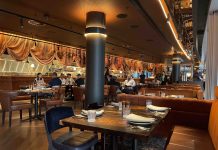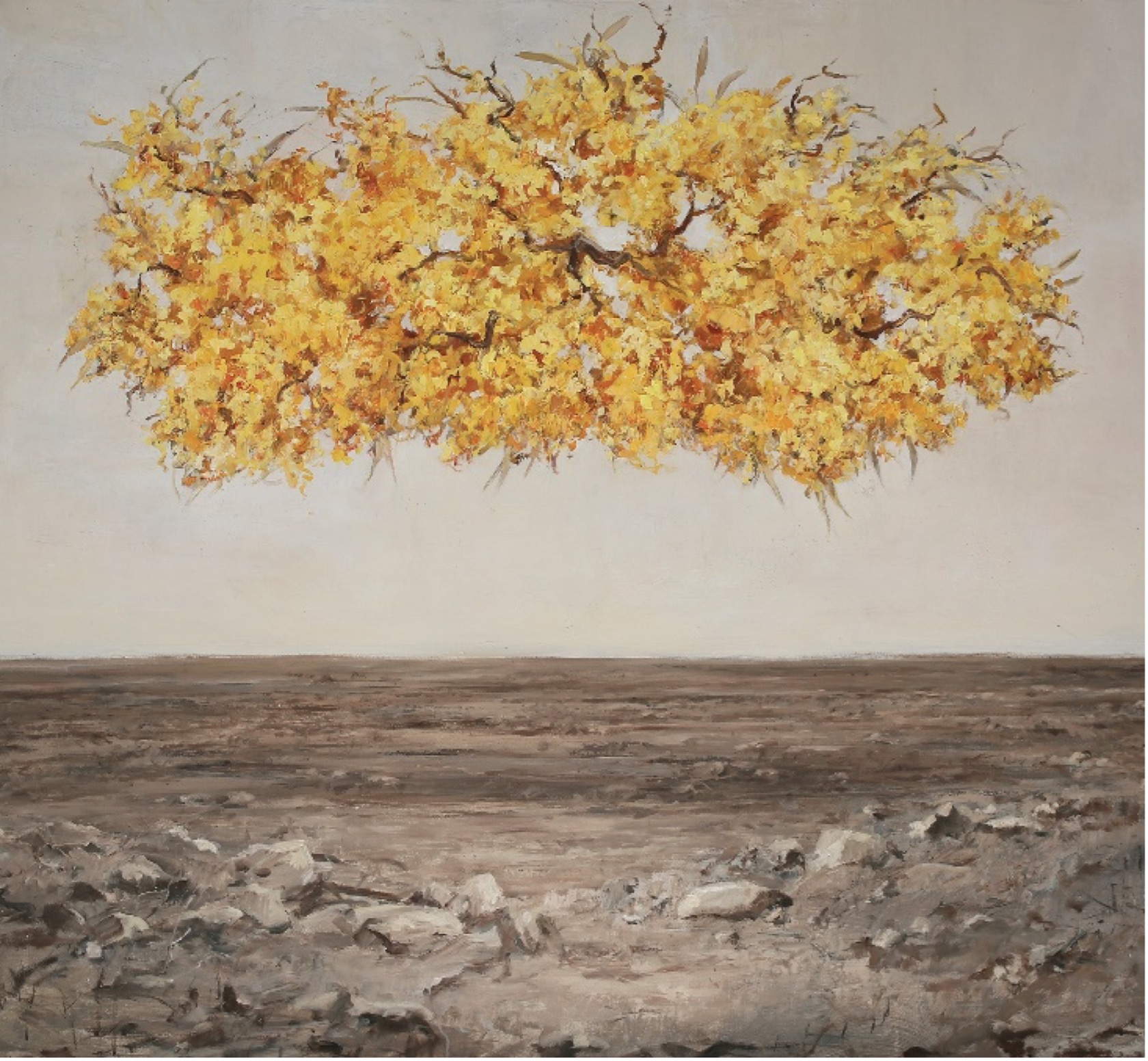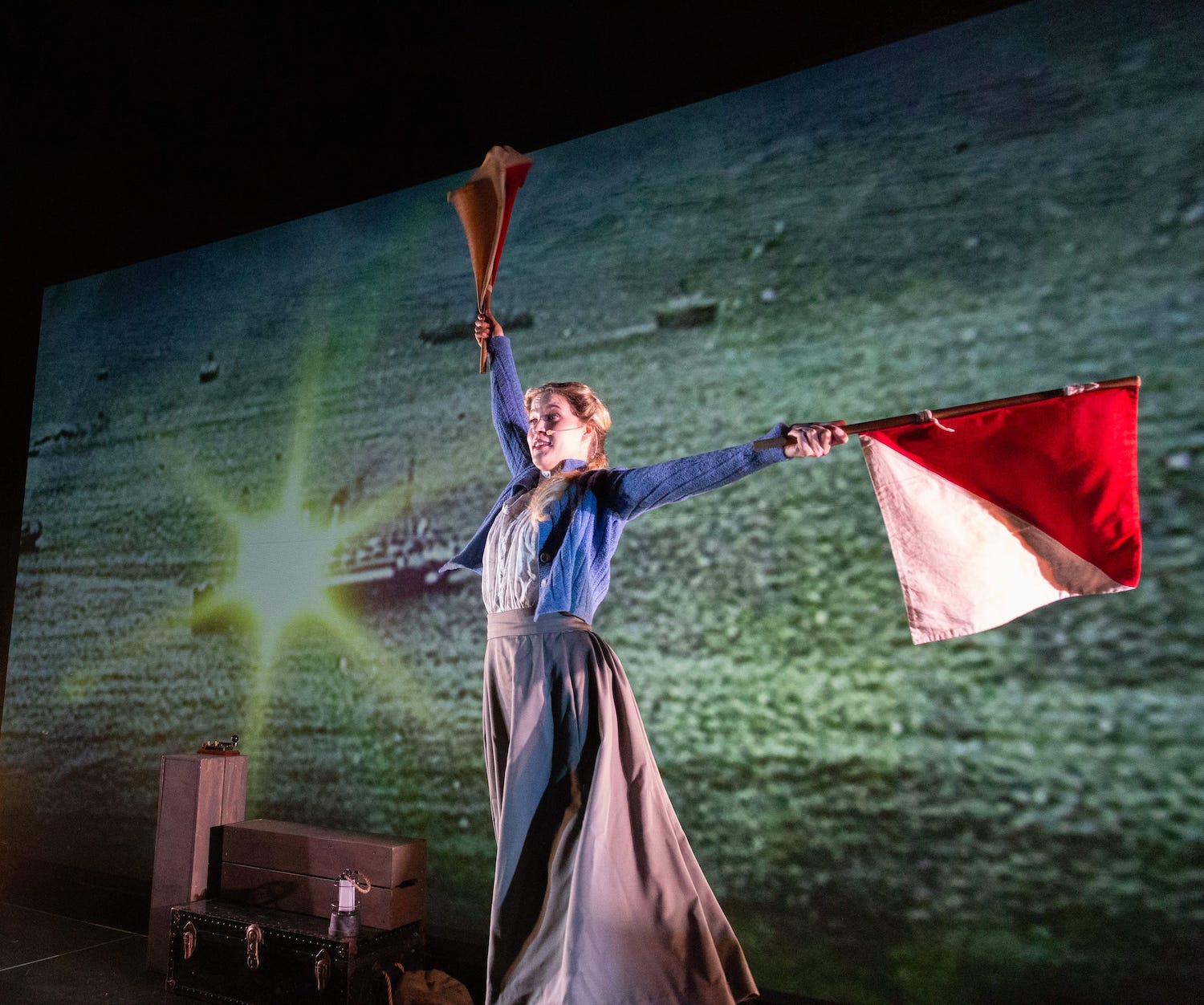High adventure, abduction, slavery, suffering and international drama are a chapter in WA’s baby-boomer years, yet largely missing in the telling and teachings of our state’s history.
Hopefully, the true stories – blemishes and all – can now be told in WA classrooms and universities.
These are tales and tragedies of human trafficking – of children plucked from both European and Indigenous communities and placed in WA institutions.
Much has been revealed and discussed about the Aboriginal stolen generation. Less has come to light on life inside state institutions including Clontarf, Bindoon, Castledare and Tardun.
We’ve heard of abuse, maltreatment, malnourishment and cruelty. More is being revealed and, best of all, by those who were there.
Other countries like the US have corrected their histories, including slavery.
Should WA have a museum, library wing or dedicated facility to encourage stories, documents and photographs of this regrettable slice of our (recent) background?
Child migrant John Hawkins penned his balanced book The Bush Orphanage over four years. He has served on official bodies and made constructive submissions that led to apologies and compensation, if only for some. Hawkins has gone on to work in the WA community and abroad for the disadvantaged.
As revealed by Hawkins, from the year 1918, about 150,000 children were sent to the colonies to work.
For Australia, a British parliamentary inquiry put the numbers after WWII at 7,000 to 10,000 but it could be 3,000 to 4,000. Poor records were part of the sad story.
Children aged 12 to 14 years were dispatched and then six-seven year-olds but some as young as four. In 1954, Catholic officials proposed but failed to have the age lowered to three.
Australia, with just seven million people in the 1940s feared an invasion of the ‘yellow peril’ and sought to populate with white people or perish.
Incredibly, the Australian Government sought 50,000 children from Europe each year but other countries weren’t so keen to release their unwanted children.
John Hawkins, born out of wedlock and about to be adopted by a loving British family, was dispatched to WA, aged seven.
He found himself outside Perth (Wilson) at Castledare, operated by the Congregational Christian Brothers, given ill-fitting well-worn clothing and no footwear.
With brutal sergeant-majors (and some tolerant Christian Brothers), boys were bewildered and desperate.
In 1951, the boys fled, en masse, swimming down the river fully-clothed. Caught and returned, leaders aged nine and 10 were moved to Bindoon. Runaways were normally tracked by the police, returned and flogged.
The 130 Castledare boys, aged six to 10, were in four classrooms. There were two dormitories: one for those who wet their beds and one for the dries.
Regimented daily duties were: make your bed and stand next to it for inspection. Join queues for porridge and bread. Sweeping or mopping.
March into classrooms. Religious teaching was most important – hymns were learnt in Latin and English. The Catholic catechism was recited over and over.
After school there was sport or play on the oval, weeding duties, scraping pine needles or collecting cow manure for the flowerbeds.
At 5pm 50 boys at a time marched into the open shower block, with a Brother sitting on a chair, inspecting.
One Brother, on night-watch, interfered with children, sexually abusing the more gullible, putting lollies under their pillows and inviting boys to keep his bed warm until he returned.
After four years at Castledare, boys were assigned to Clontarf, Bindoon or, for Hawkins, Tardun.
He wrote: “Tardun was a hive of activity the day we arrived. Working boys rode stock horses for a day of droving sheep.
“Utility vehicles came and went with rifles and ammunition casually scattered on the ledge behind the seat. Sheep dogs barked at surly kangaroo dogs who kept an eye on the yapping sheepdogs. Noisy tractors fired-up and wiry men in shorts wearing large hats and carrying water-bags passed through.
“There were men everywhere, young and old. Everyone talking, sweating, yelling and in a hurry. It could have been a scene out of a Western movie.”
John’s early education included seeing wild goats caught, slaughtered and fed to the pigs. Only the goats’ tails were kept – for the government’s one-shilling bounty.
Boys learnt to kill and carve sheep, pigs, cattle, chicken and rabbits. Horses had to be washed, groomed and fed after a day’s work.
On the upside, between 1934 and 1969 at Tardun, 17 young men were established on their own farms nearby.
There were boyish adventures and mischief along the way including the theft of a Brother’s cigars. He lined-up the suspects, lit a cigar and offered them each a puff. One-by-one the boys inhaled and spluttered.
But the chief suspect inhaled deeply, smelt the aroma and quipped: ‘A beautiful cigar, Brother.’
“The Brother knew he had his man,” wrote Hawkins.
In 2007 the WA Government acknowledged that abuse had taken place in state institutions and committed $114 million for support services and ex-gratia payments for the Aboriginal “stolen generation”, child migrants and others who were abused in foster care or as wards of the state.
However, wrote John, evidence of abuse to claim compensation was hard to find.
John Hawkins summed it up.
“The orphanage system caused great social, educational and psychological disadvantage for the child migrants, yet to their great credit they have overcome these disadvantages and have taken their place, along with their children, in Australia, making large and valuable contributions to the richness of Australian life.”
History, hopefully, will do them justice and we acknowledge their contributions.
What do you think? Email: info@haveagonews.com.au






































